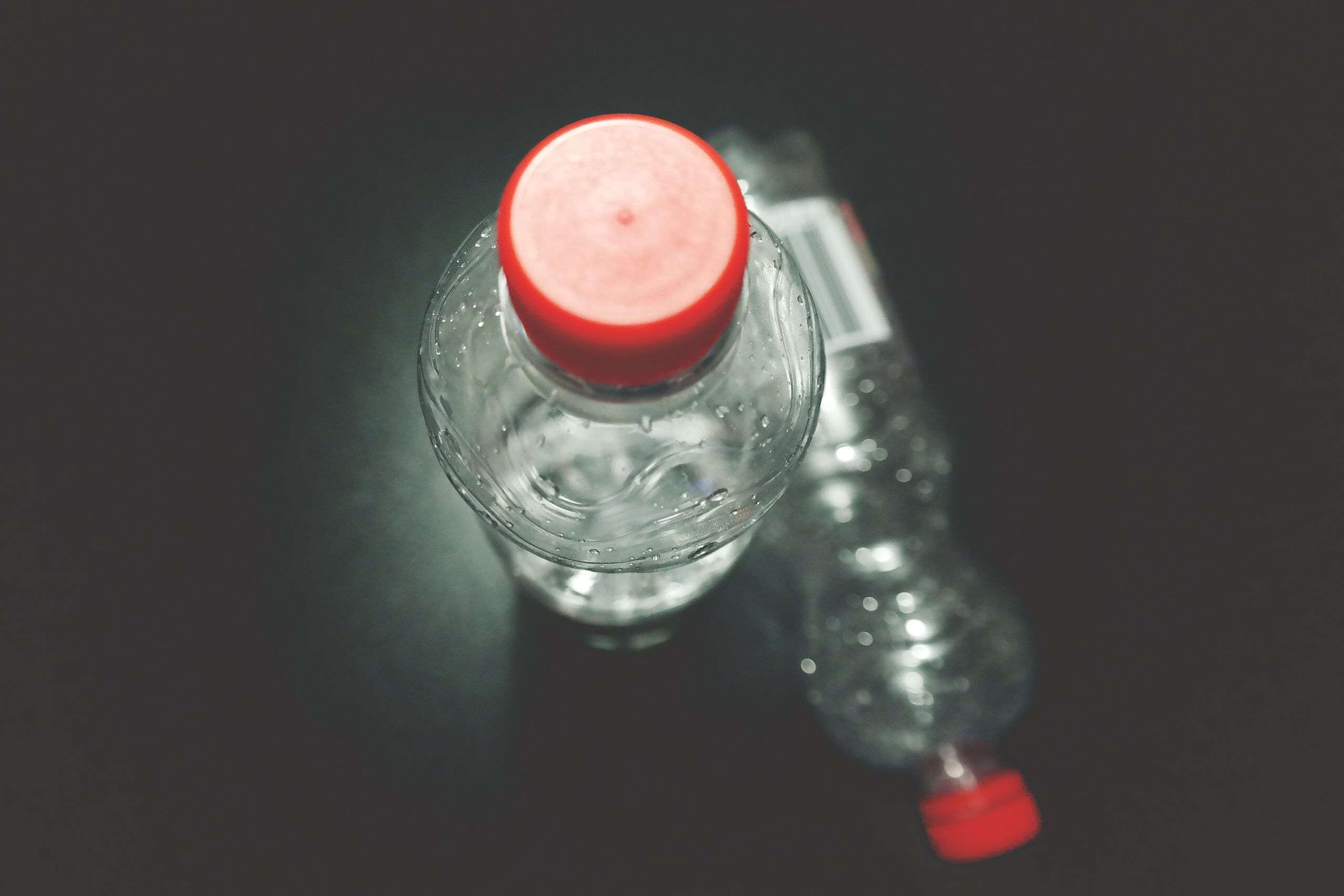Plastic consumption is saturating the planet of a type of waste that takes centuries to degrade. The plastic waste have become a global problem that cannot longer be swap underneath our neighbours carpets, therefore among other strategies, individual action for the common goal is needed if we do not want to end up drowned in the plastic waste problem. If you are reading this is because you want to know how to reduce your plastic consumption. In this post you will learn some facts on plastic, what is the problem with plastic waste what actions can you take to reduce or even eliminate your plastic consumption from your everyday life.
Plastic in Numbers
- 400 million tonnes of plastic are produced annually worldwide.
- 1 million plastic bottles are purchased every minute, and five trillion plastic bags are used worldwide every year.
- In total, half of all plastic produced is designed for single-use purposes.
- 98% of single-use plastic products are produced from fossil fuel, or “virgin” feedstock.
- Approximately 36% of all plastics produced are used in packaging, including single-use plastic products for food and beverage containers, from which 85% ends up in landfills or as unregulated waste.
- Globally to date, there is about 8.3 billion tons of plastic in the world, and less than 10% has been recycled.
- It is estimated that 75 to 199 million tonnes of plastic is currently in our oceans fed by rivers and lakes which carries the plastic waste from deep inland to the seas.
- The level of Greenhouse Gas Emissions (GHG) associated with the production, use and disposal of conventional fossil fuel-based plastics is forecasted to grow to 19% of the global carbon budget by 2040.
The Plastic Waste
Due to its durability and resistance, plastic waste takes centuries to degrade leading to exponential accumulation in landfills, rivers, and oceans. Depending on the type of plastic it can take from 100 years up to 500 years to degrade into smaller and smaller pieces. However, in its degradation process, many species, mainly marine animals and birds get entangled with our plastic waste and die choked or from exhaustion.
When plastic degrades, it does it into smaller and smaller pieces called microplastics which can be ingested, inhaled or absorbed by fishes, terrestrial fauna and avifauna leading to intoxication and death. These microplastics can also accumulate in our organs through the food chain which can also lead to serious health concerns. These microplastics are also becoming part of the Earth’s fossil record as part of the Anthropocene geological era.
Moreover, plastic products are made of fossil fuels compounds requiring a high carbon footprint in its manufacture process. But they can also be detrimental for our health as they can leach toxins into our food and drinks, disrupting our hormones and leading to diseases like cancer.
We might think that developed countries are managing the plastic waste problem correctly and that it is only poorer countries the ones that need to take a firm action against plastic waste mismanagement. However, the entire picture is not exactly how is told. Developed Countries are getting rid of their plastic waste sending it to poor countries in exchange of ridiculous fees, which only transfers a global problem from one corner of the world to the opposite corner, although the global problem persists and escalates while we continue turning our eye away from the problem root cause – Plastic consumption.
In the bright side, there are a number of projects dedicated to clean up the oceans, beaches, and rivers like the Ocean Cleanup, the Plastic Bank, the Clean Ocean Foundation, the Oceanic Global and also another number of research projects geared at revaluing plastic waste into hydrocarbons, energy, plastic pellets, and other sort of products from recycled plastic. Unfortunately, not al types of plastic are easily recyclable and only a fraction of the plastic waste has recycled to date.
The best way to eliminate or reduce a problem is targeting its root cause(s). The ground truth is that 8 billion of people around the world can definitely make a positive impact if we take individual action. If we reduce our plastic consumption, in turns, less plastic will be produced, which will also reduce the amount of plastic waste ending up in landfills, rivers, beaches, oceans and ultimately in our food chain. The main question is how to reduce your plastic consumption?
.
How to reduce your plastic consumption
There is not question that the best solution to reduce the impact of plastic waste in our environment is to reduce the amount of plastic you consume. However, sometimes is simpler said than done. Joint action from governments, organizations and individuals is needed to tackle the plastic problem for once and for all.
Nevertheless we, as consumers, can already take steps towards the bigger goal. Some actions to reduce your plastic consumption involve:
- Avoiding single-use plastics such as drinking straws, plastic plates, cutlery, plastic shopping bags, plastic bottles, styrofoam takeaway containers, plastic sealing bags, cotton buds, and other items that contain plastic such as paper cups. Substitute this items for reusable options manufactured with other materials such as steel, glass, fabrics, ceramic, and the like.
- Stop shopping plastic items made of virgin fossil fuels feedstock like shaving razors, tooth brushes, cloth pegs, plastic storing containers. Replace them with alternative options made of steel, glass, fabrics, ceramic, bamboo and the like.
- Re-think your shopping patterns; buy more food in bulk instead of going for the easy pre-packed options. Chose brands that are taking steps towards elimination of single-use plastic containers and plastic packaging reduction.
- Avoid cosmetics and personal care products that contain micro-plastic in their composition.
- Avoid fast-food delivery; it will improve your health and the planet. Refuse take-aways in plastic containers and single-use packaging.
- Reuse plastic packages and containers as many times as possible.
- Repurpose plastic waste in creative and inspirational actions.
- Recycle your plastic waste in the correct recycling containers and never litter any plastic waste that can end up in our natural environments, beaches and oceans.
- Purchase clothes and accessories made of recycled plastic instead of virgin feedstock.
- Spread awareness on plastic consumption reduction.
What can we do with the existing plastic waste?
As explained above, there are some available technologies geared at revaluing plastic into hydrocarbons, energy, plastic pellets, and other sort of products from recycled plastic.
Recycled plastic is made from waste plastic that has been diverted from final disposal and processed into a new product called plastic pellet that can be re-used to manufacture new plastic products from recycled plastic. However, recycled plastic comes with some benefits and some shortfalls:
Pros of recycling plastics waste:
- Recycling plastic waste diverts plastic from ending up in landfills or the environment, specially the marine ecosystems.
- It reduces the need for virgin plastic production, lessening environmental impacts
- It reduces the emissions from incineration when it is repurposed for energy recovery
- Products made of recycled plastic revalues plastic waste and keeps the material in economic circularity
- The recycling industry contributes to job creation and local, and global, economies
Cons of plastic waste recycling:
- Only a small percentage of plastic types are valuable as a recycled material
- The technology to convert plastic waste in plastic pellets is still complex and expensive, compared to the production of virgin plastic
- Segregation of plastic recycling is still not well understood by the general public adding on costs at the recycling plants to process mixed plastic types
- Recycled plastic waste cannot be indefinitely re-processed into plastic pellets since they degrade in each cycle loosing qualitative properties
Our take on the plastic problem
While there is problem on plastic waste which affects the entire planet and all the living organisms within it, effective methods and technologies to recycle existing plastic waste must be developed to solve the problem.
However, we all need to aim for the bigger picture which is to eliminate plastic consumption from the general public everyday life and restrict its production to items and objects that undoubtly have confirmed plastic as the best performing material and its manufacturing is absolutely necessary.
This can only happen if governments, corporations and individuals row in the same synchronized direction for the same goal, sustainable development in perfect synergy with our planet.
Did you find this post on How to reduce your plastic consumption useful? What other initiatives do you employ to reduce your plastic consumption? Leave us your comments below! we would love to hear from you and your actions to make this a better planet!

